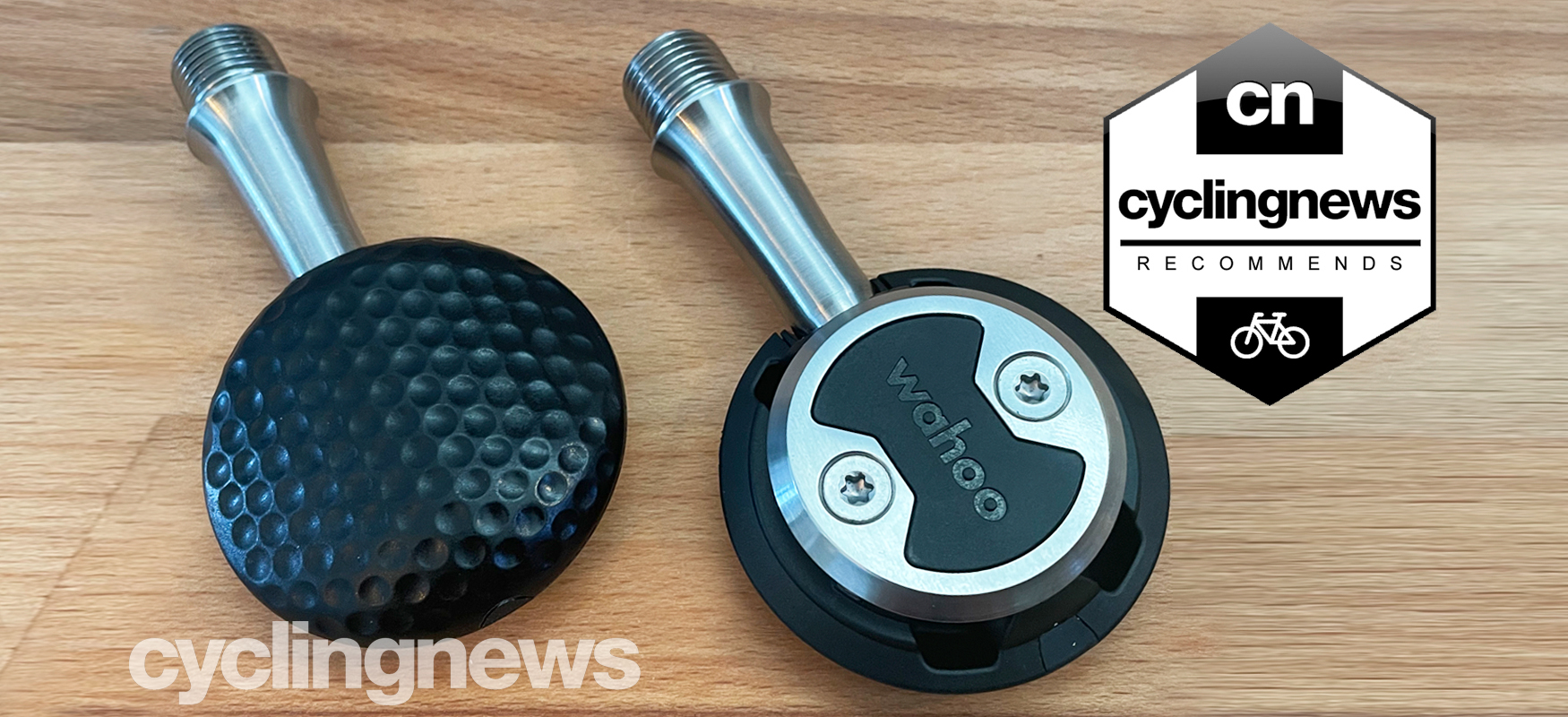Cyclingnews Verdict
The most purposefully performance-orientated pedal around with a nice approach to cleat adjustment, but it comes at the cost of dual-sided entry, fiddly setup and a high price. If you can get over those, then the Wahoo Speedplay Aero is a fantastic choice.
Pros
- +
Low stack height
- +
Near infinite float adjustment
- +
Aero performance
Cons
- -
Time-consuming and fiddly initial cleat setup
- -
Price
You can trust Cyclingnews
Wahoo's Speedplay pedal range, announced earlier this year, comes as a result of the US brand buying Speedplay back in 2019, and now they're vying for a spot in the best road bike pedals market.
With the boom in indoor cycling, it's no wonder that brands like Wahoo are forming their own ecosystems of interchangeable and related tech, which enrich the indoor training experience and allow users to track their data using a variety of products and services, from the best turbo trainers to power meters and cycling computers.
Now, two years after the acquisition, we've been putting the Wahoo Speedplay Aero pedal to good use to see whether it’s an improvement over the original, or just a change of name. Read on to find out how we got on.
Design and specifications
The Wahoo Speedplay Aero is the most purposefully performance-orientated pedal around, with its low stack height and the fact that it eschews the double-sided nature of its siblings to offer a dimpled aerodynamic bottom side.
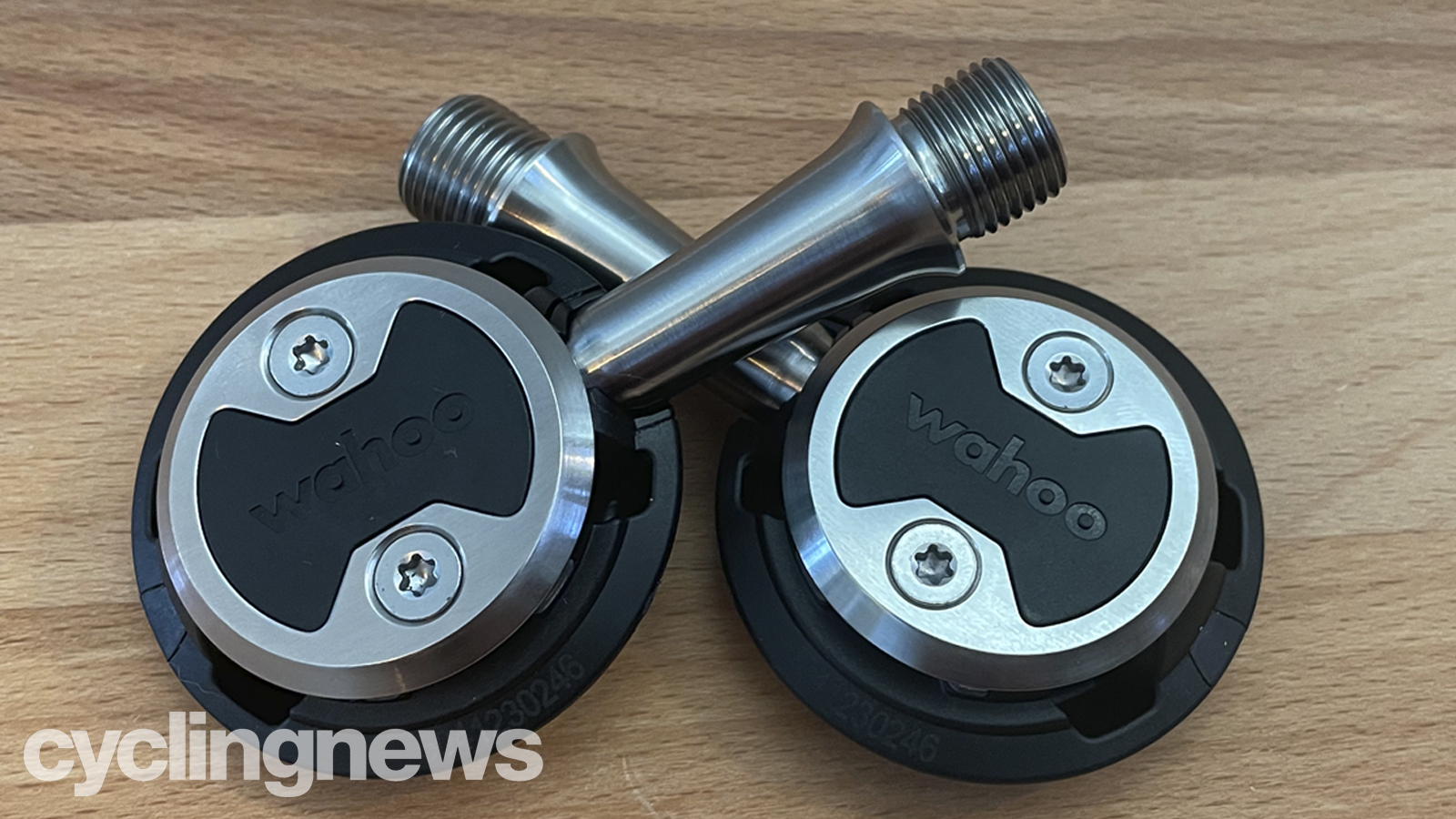
The most noticeable update from previous versions of Speedplay pedals is that the steel section now runs the full circumference of the platform rather than the ‘bow tie’ that once ran from the front to the back. This should really aid with pedal wear, which was an issue with previous generations from before the Wahoo era.
The other notable update is the switch from a user-serviceable loose bearing setup with a grease port in the pedal to sealed cartridge and needle bearings. The design and specs of these pedals do come at a cost though, with the Wahoo Speedplay Aero retailing for £239.99 / $279.99 / €279.99, and with Wahoo's frustratingly-impeccable market price control, you'll be lucky to ever find it discounted, unlike the competition from Shimano and Look.
Performance
Out of the box, you’re greeted with an incredibly neat looking pair of pedals and an array of cleat hardware to tackle before you can get out on your bike. The cleat setup is far more complicated than you get from Look or Shimano in some ways but once set up, adjustment is far more logical.
Let me explain: with a Shimano or Look pedal, you have a cleat then three bolts and three washers and that’s it, cleat on shoe, washers and bolts in place, tighten bolts and you’re good to go. When it then comes time to adjust, you have to loosen all three bolts to make slight adjustments in fore or aft or heel in/out and you risk losing their position altogether.
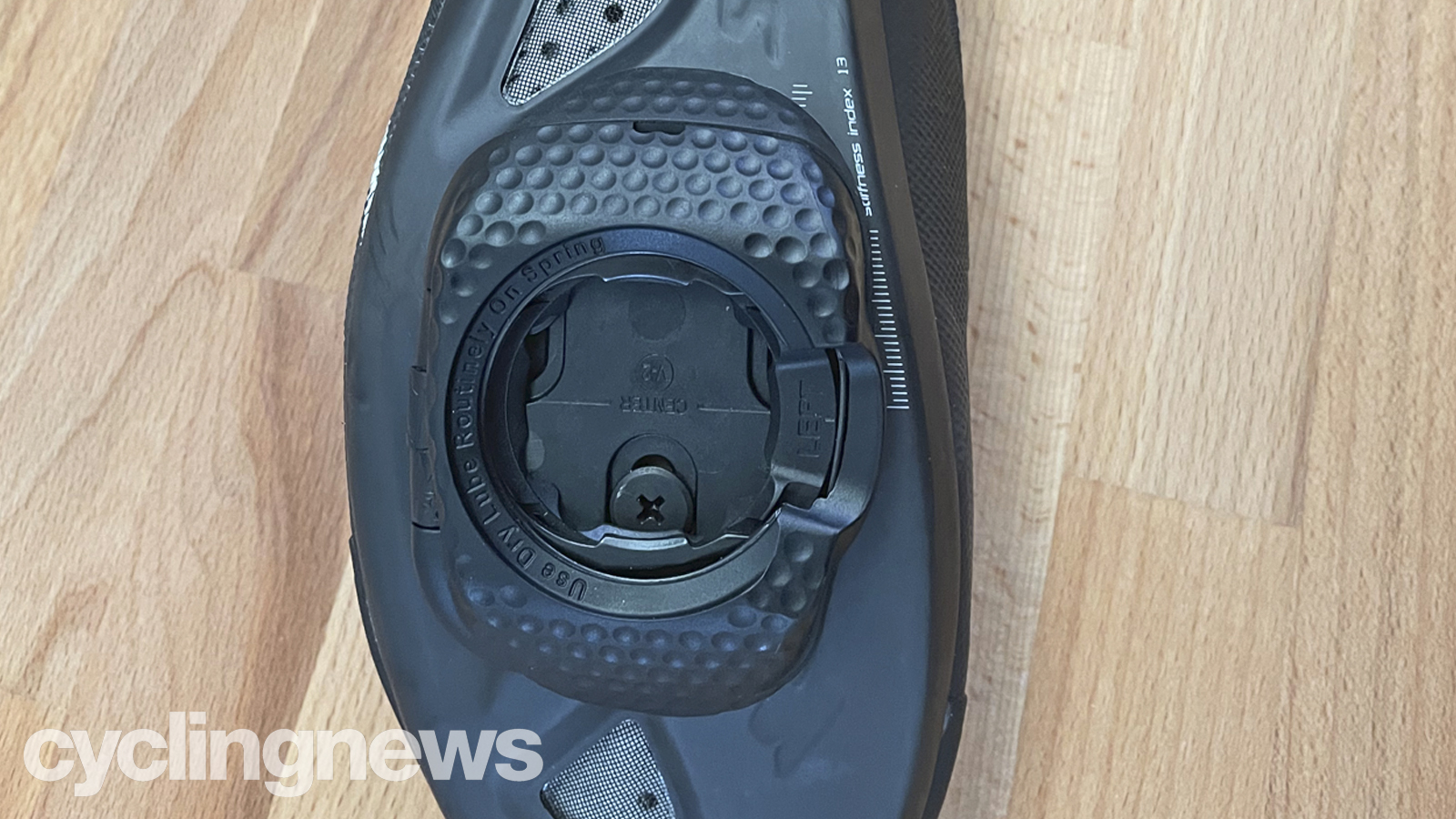
The Wahoo Speedplay cleat re-writes this script completely. You start with a plate that bolts to the three regular holes in the sole of your shoe, this allows for fore and aft adjustment while adapting your shoe to Wahoo Speedplay’s four-bolt cleat setup. Next up is your cleat, held in place with 4 screws, this is where you will set your stance width (how far apart you would like your feet, or how far your feet are from your cranks). Once these two positions are set there are two screws on the cleat itself that allow you to adjust your float and heel in/out position independently from anything else. While this might seem like a lot to take on board, it does allow for near-infinite individual adjustment of foot position that is not offered in such detail by any of the other platforms.
It does come with some drawbacks, though. Not least the weight, but also if you set up your cleats and feel like you need to move your cleat forward or backwards a little. To adjust this, you'll need to remove the cleat and then adjust the base plate, then reassemble it all to test the new position. An adjustment the Wahoo Speedplay pedals don't offer is release tension, this can only be changed by swapping the regular retention cleat to the easy-release version, which comes as standard with the entry-level Speedplay Comp pedals. If you want to feel even more locked into your pedals, then this isn’t an option as even with the tight spring and float reduced as much as possible, there are still a few degrees of float.
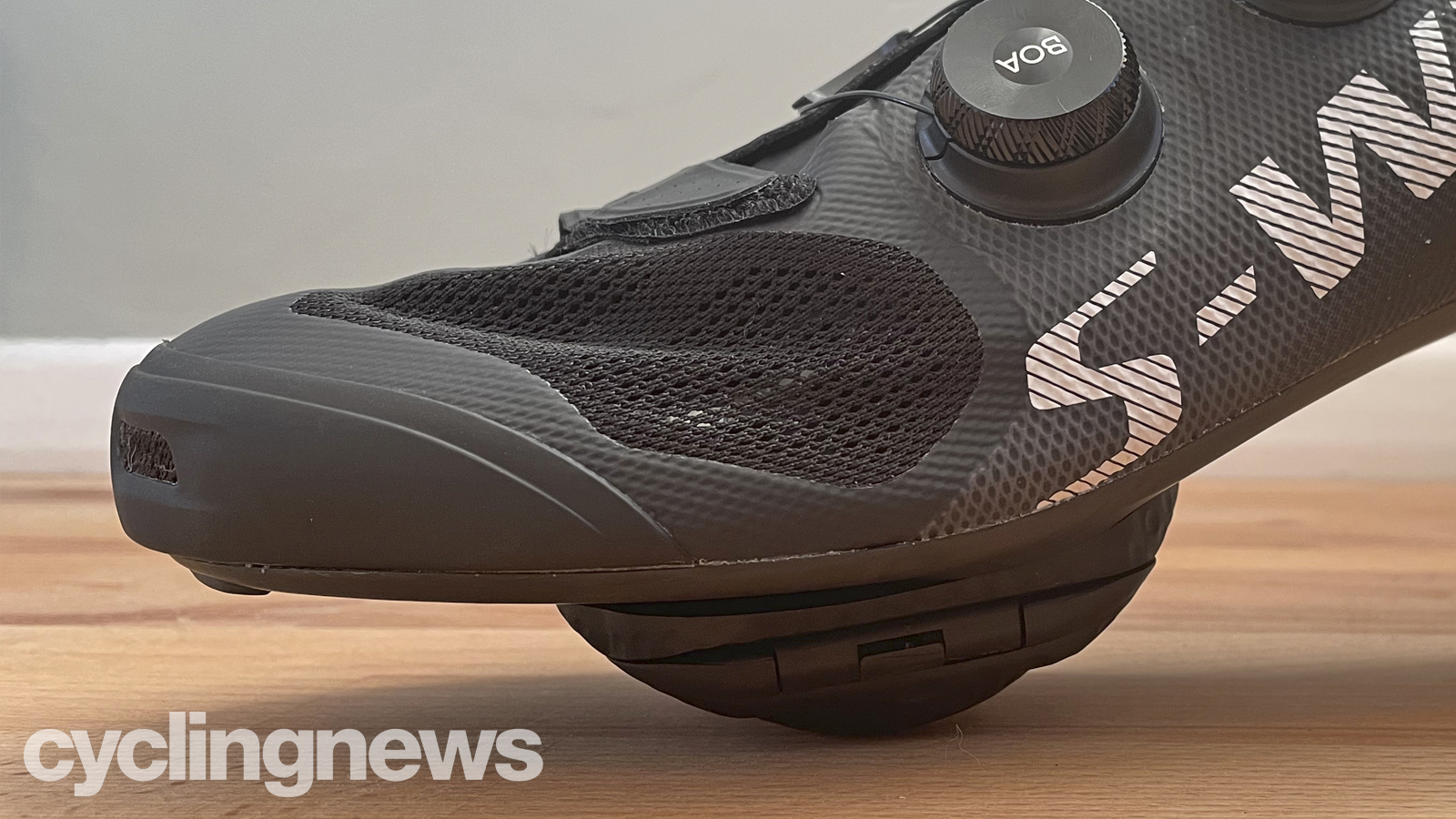
In use, the Wahoo Speedplay Aero pedal's low stack height of 11.5mm is noticeable. You feel like you’re pedalling right on the axle, and this feeling was even more pronounced when I was switching between pedals with a higher stack such as the Look Keo Classic 3 Plus pedals, with a 6.3mm difference between the two. It’s hard to describe but the low stack height does feel nicer.
I can’t say that I noticed the aero benefit of the Speedplay Aero pedals in testing, but it's worth noting that they were used recently by Dan Bigham to break Sir Bradley Wiggins' British hour record title. Bigham is known for his meticulous attention to aerodynamic detail, so I’m sure there must be some benefit, and the reduced stack height will also reduce the overall size of the rider's frontal profile for further potential gains.
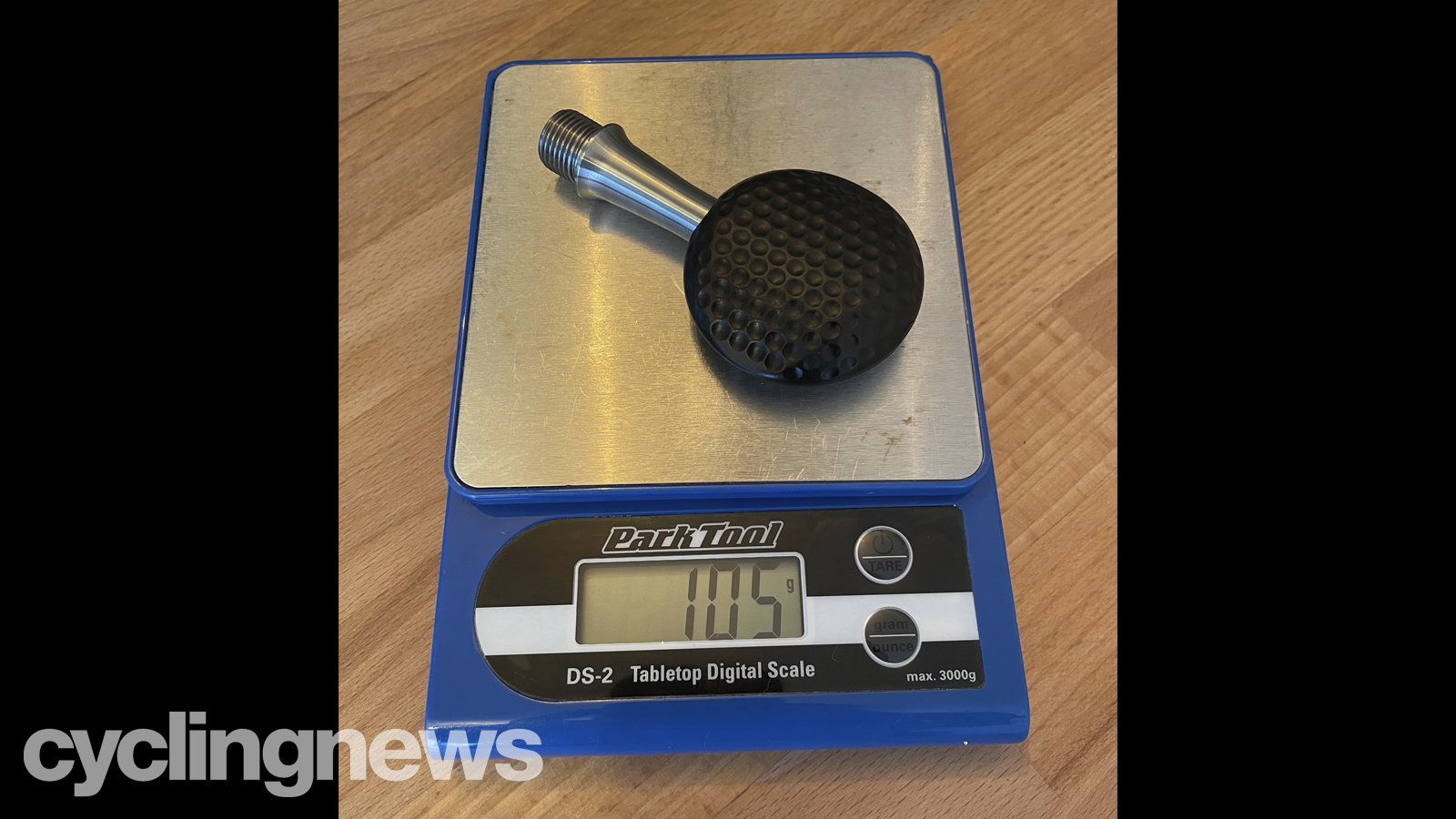
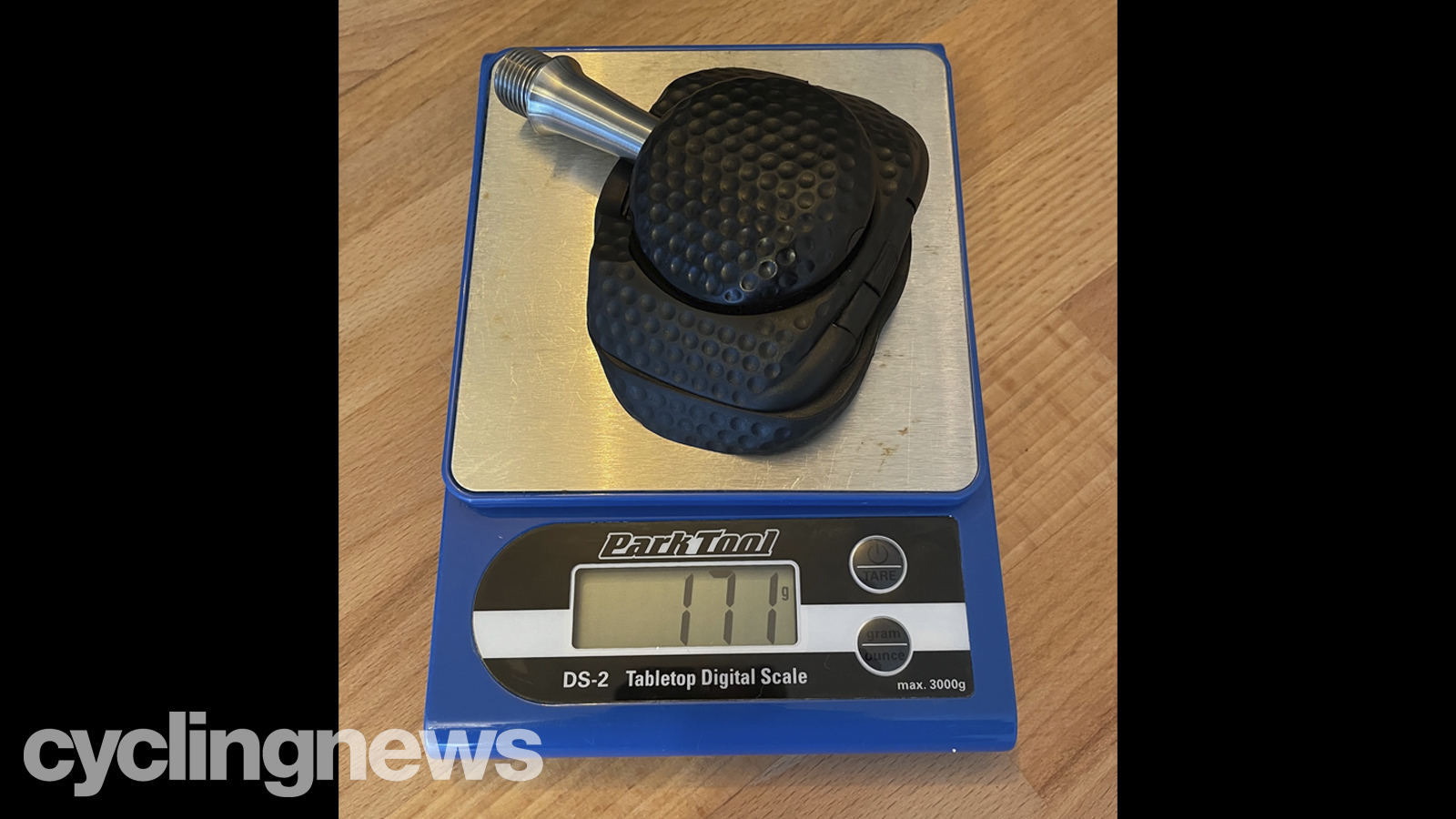
Verdict
With the Wahoo Speedplay Aero clearly aiming at the top tier of performance, that does come at a cost for the day to day usability of the pedals. The single-sided clip in and the initial price of the pedals will be enough to put some people off, and if you are looking for the benefits of the unique float adjustment but with more usability and a lower price, the Wahoo Speedplay Zero and Wahoo Speedplay Comp might be more suitable.
However, if you’re looking for the most aerodynamic performance-orientated pedal on the market, look no further.
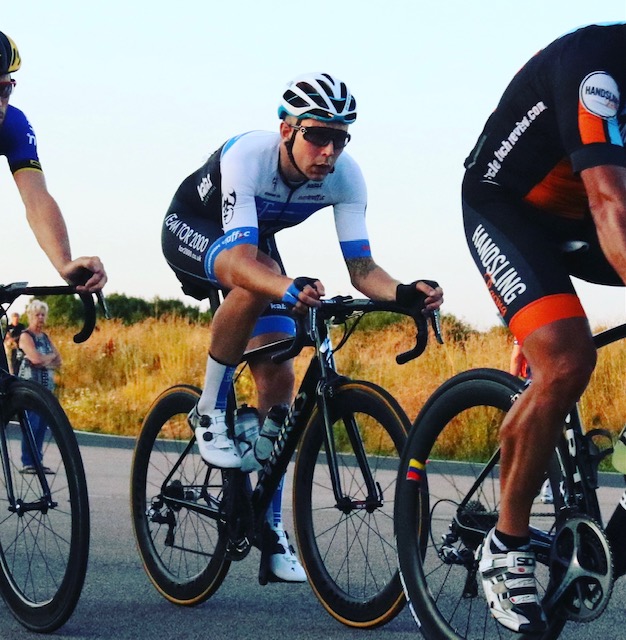
Peter has been riding and racing road, CX, and mountain bikes since the early 2000’s. He spent a decade working at a large independent bicycle shop, handling customer service, warranty and technical questions. Thanks to an obsession with product details he loves nothing more than picking over the newest tech.
Peter is a fastidious mechanic and will not settle for anything less than perfect when it comes to bike setup, whether it be a child first bike or a highly integrated top-tier time trial or road bike.
He’s been writing for Cyclingnews since 2020 as a Contributing Writer, where having a 50km commute to his day job allows him to quickly rack up the miles when putting any new products to the test in all weathers.
He currently rides one of the following: Specialized Tarmac SL6, Basso Diamate, Talbot Frameworks steel road, Trek Emonda ALR, Specialized Crux, Santa Cruz Tallboy.
